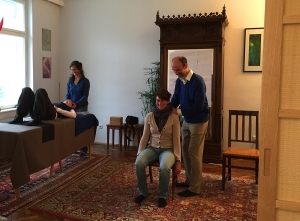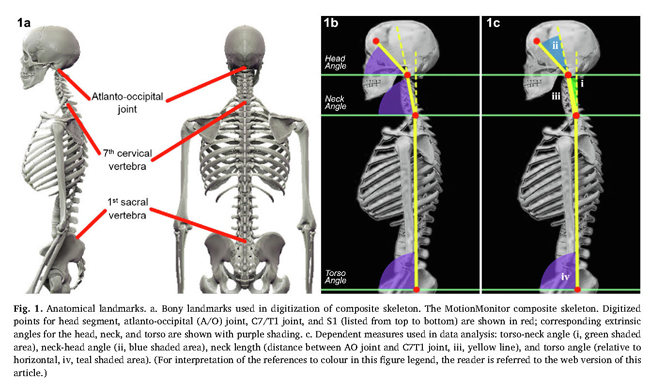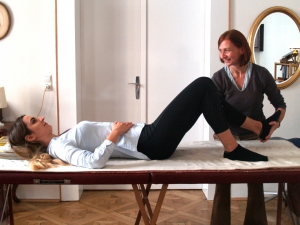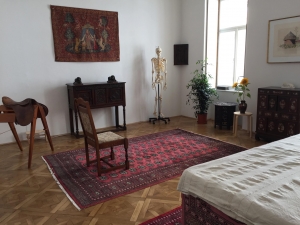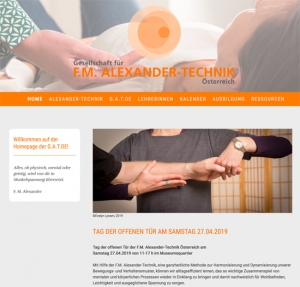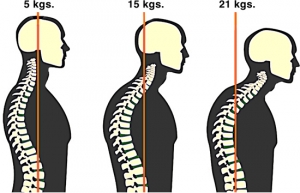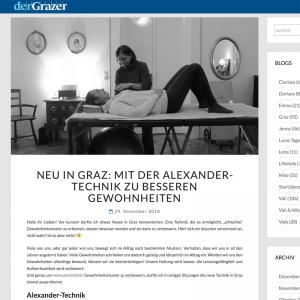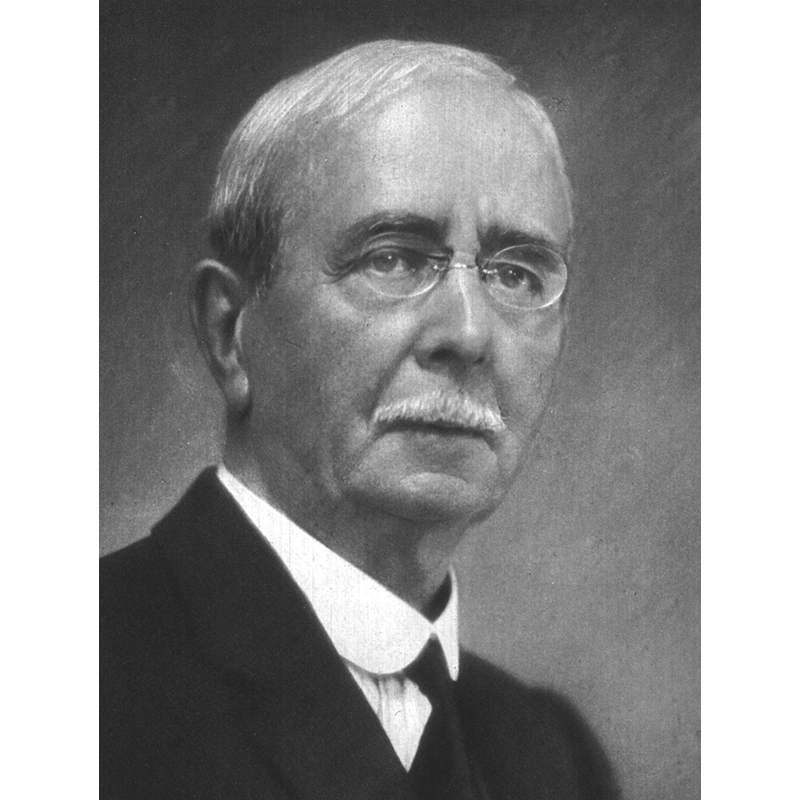
Attention, awareness, alertness, being present, whatever the name used for the quality of being awake, thoughtful and perceptive, is universally regarded as a desirable quality. From the school room admonition ‘Pay attention!’ to ‘modern’ methods of mindfulness (‘modern’ in quotation marks because mindfulness has its origin in Buddhism). The problem is that paying attention easily becomes another thing ‘to do’, as if attention is something you have to work at. The reality is that attention – in the sense of being perceptive – happens by itself. All we have to ensure is that we do not interfere with our perception. One of the ways we interfere is by not wanting to present, to be ‘here and now’. Why not? Because we are uncomfortable, we are tired, we are stressed, we are tense. Then presence ceases to be a place we want to be in because it is not pleasant. However, many niggling bodily pains, tensions, and uncomfortableness can be alleviated or removed by the Alexander Technique. The Technique teaches you to be easy in yourself, and hence comfortable. Once you are comfortable in ‘your own skin’, as the expression goes, attention happens spontaneously.

